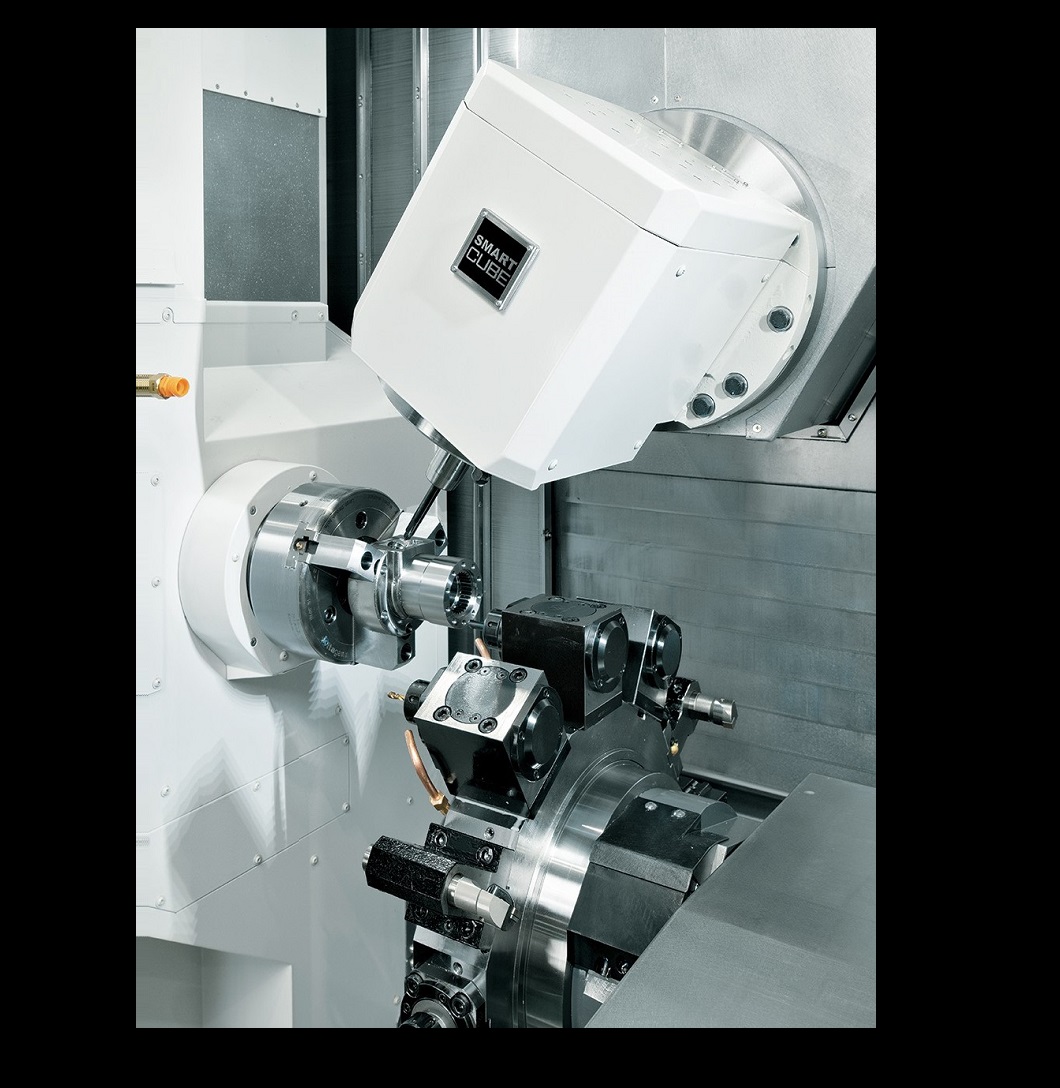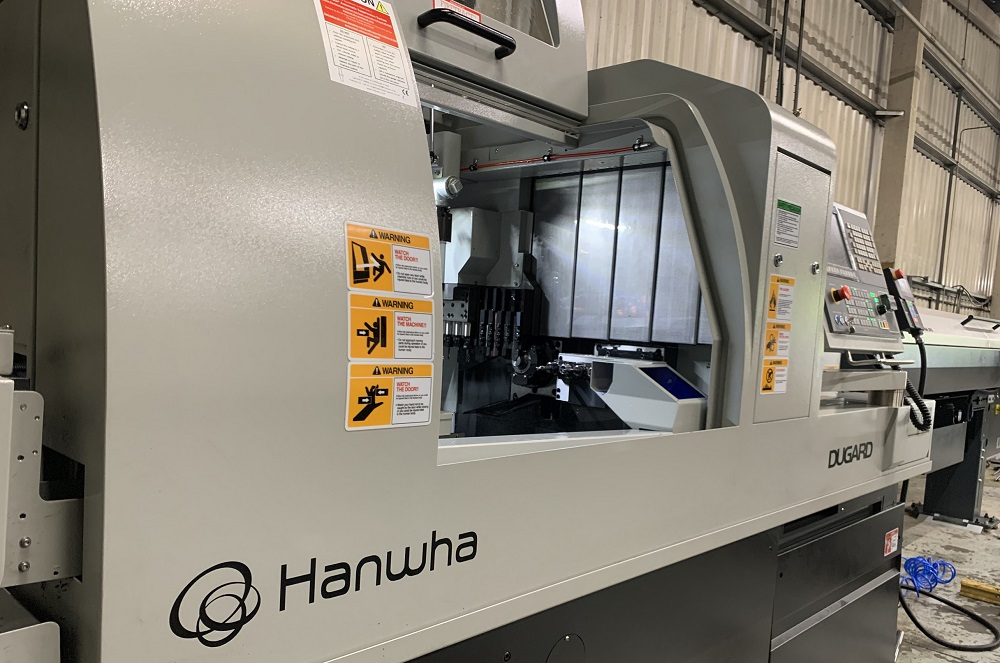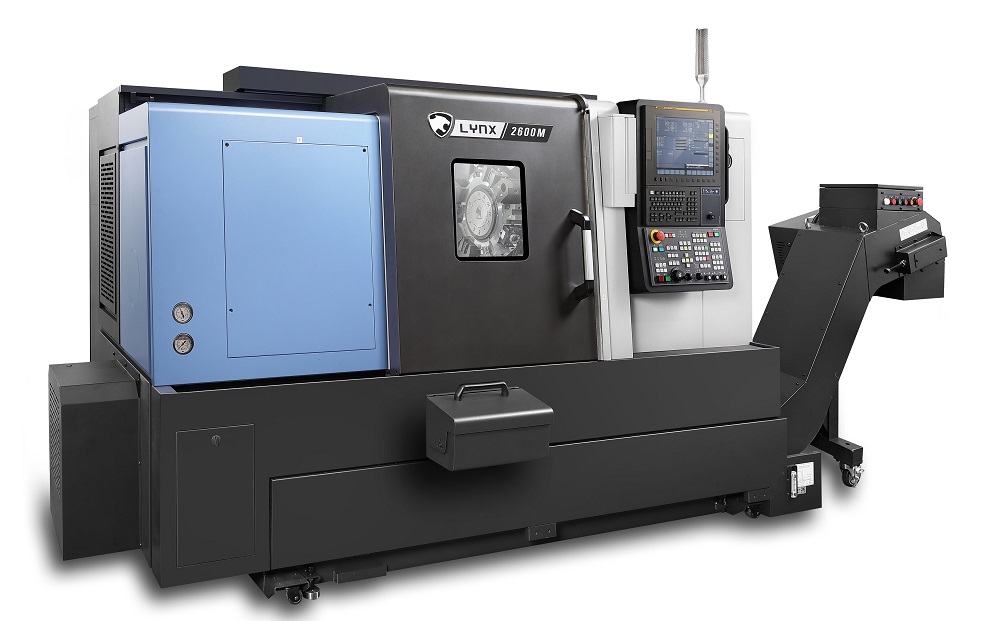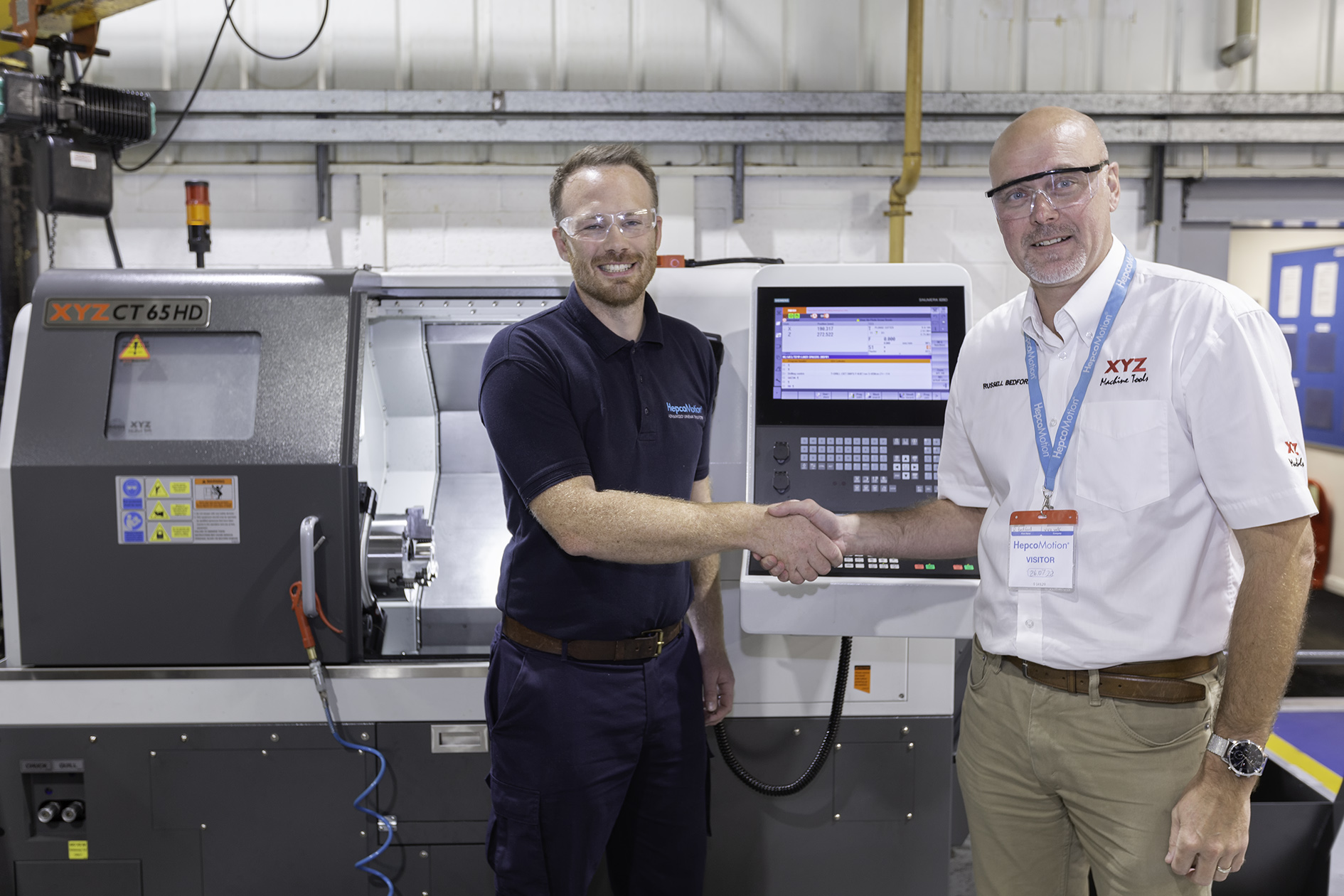Taking its turning technology to a new level, Nakamura-Tome has introduced the new JX-200 multi-tasking turn-mill centre. Now available in the UK from the Engineering Technology Group (ETG), the JX-200 incorporates Nakamura’s new NT Smart Cube, which the company says is the world’s shortest tool spindle in its class. This design supports a compact footprint with a spacious work area and high-performance kinematics.
Nakamura has recognised the increasing need of industry to manufacture smaller batch sizes with higher flexibility. The new JX-220 is a twin-spindle machine with an upper tool spindle that swivels ±95° to provide high levels of flexibility. Furthermore, the machine offers 15/11 kW power output and a 12,000 rpm spindle with an 18,000 rpm spindle as an option. The upper tool spindle has an 80-position tool carousel as standard with 40 or 120 tools as optional extras.
The lower tooling turret offers milling capability as standard, along with Y-axis machining. In addition, the lower turret provides a 6000 rpm milling spindle with 8000 rpm optional, and both upper and lower milling capability is rigid and robust for heavy-duty material removal applications.
In combination with the upper tool spindle and the lower turret, the JX-200 is suitable for a multitude of different machining methods, such as simultaneous machining with both left and right spindles, engaging both upper and lower tool positions simultaneously, and even machining with centre support mounted on the lower turret. With the facility for operations such as turning, milling, drilling and gear cutting, this ‘all in one’ machine will appeal to manufacturers in a variety of sectors.
For further information www.engtechgroup.com


















